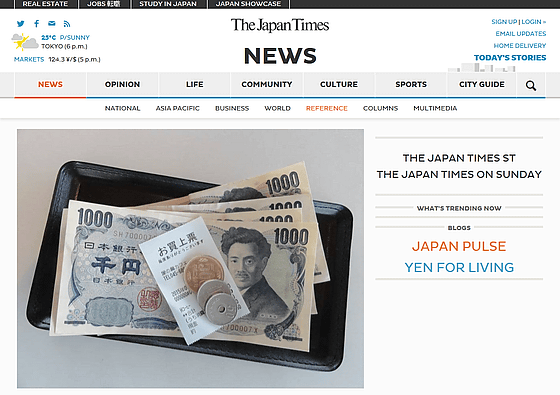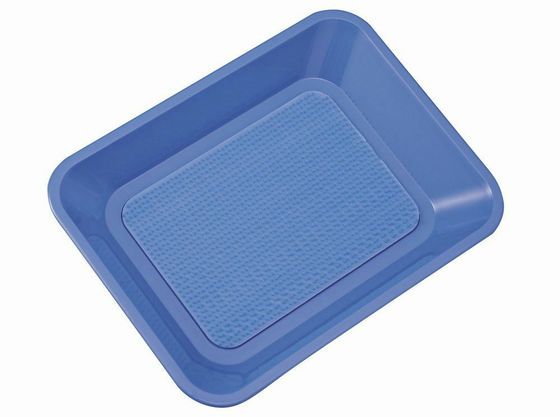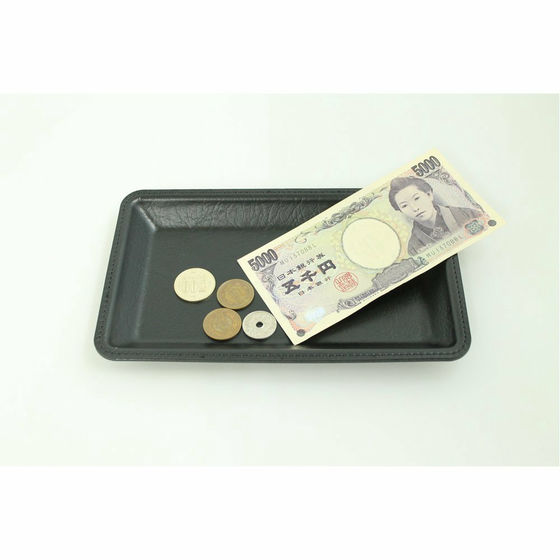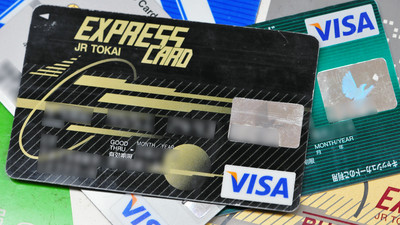What exactly is the identity of "that mystery tray" that foreigners feel strange when shopping?

In convenience stores and restaurants in Japan, there is a tray next to the cash register to place money. It is commonly used in Japan, but because it is a culture that does not exist abroad, it seems that foreigners who visited Japan wonder at "mystery tray" which comes out when shopping. A free journalist who received a question from such a foreignerAlice · GordecarTried thoroughly investigating the official name and origin of "change tray" and explored the identity.
Change trays | The Japan Times
http://www.japantimes.co.jp/news/2015/05/23/reference/change-trays/

Mr. Bernard visited Tokyo for the first time I saw "Tray" which is located at the counter of Japanese shop why somehow was born. Bernard, who saw the Japanese who is setting it in the tray instead of handing cash, said he was very interested in the exchange he saw for the first time. Mr. Bernard predicts that it is being used to clarify the will of payment by putting money in the tray. However, while checks are being brought in a leather tray at the restaurant, Bernard, who saw the plastic trays used at post offices and banks, said, "Why are the different trays by store?" Until we could not predict.
So Bernard is a columnist who contributed articles to The Japan Times, familiar with Japanese cultureAlice · GordecarI told Ms. "Tray" the incident and asked, "What on earth is this tray named and what origins?" Alice, who lives in Tokyo for over 15 years, uses "tray" as well as the majority of Japanese people, but he thought of "why use the tray" and "what is the official name" Since there was not, we started a thorough investigation of trays.

First of all, Alice is in TokyoMoney MuseumI visited. Because it is also a research institute in the financial field of Japan, he seems to have thought that the question about tray will be resolved at once, but I can not find any documents showing "sample" or origins of "tray" which are always present in almost all banks in Japan He said that. As I asked a question at the museum, the curator seemed to have never seen an official record about "tray". There, Alice went to the Bank of Japan, which is also the source of the museum, at the proposal of a curator, but even at the Bank of Japan, "No information on the tray was found".
So Alice started a survey to find out what the tray is called near dealers for trade vendors. In addition to being generally called "change tray", the tray was also sold under the name "accounting tray" "coin tray". The official name is "Calton"It turned out that Alice was surprised that the etymology is from French and comes from" Carton "meaning" cardboard / paper box ". Furthermore, "Calton"New word dictionI found out that the tray was used for over 100 years ago.
Since the origin of the tray was not written in the dictionary, in order to investigate how the tray was born 100 years ago, Mr. AliceEdo Toyodonto ParkI will ask questions of Yuji Tanaka, a curator of curator. Mr. Tanaka said that he explained about the origins of trays from the 1603 to 1868 Edo era dates back.
Mr. Tanaka said that the merchants in the Edo period had done most of their business in cash, not in cash, once or twice a year. At that time, the customer wrapped the money in paper etc., but opening the wrapper in front of the customer to check the contents is a kind of rude. Although this culture did not change even when the Edo era came to an end, Echigoya (after Mitsukoshi) that puts on the slogan "No cash multiplier" appears around 17th century to the 18th century, fixed amount Products will be sold. It is said that trays started to be used since cash transactions became common like this, but they do not know until the exact time.

Mr. Alice rounded up the investigation of its origin here and asked the people who are actually using the tray the reason. A cashier replies, "It is convenient not to scatter coins, because you can check the accounts placed at a glance." A shopkeeper says, "Rather than hand over a change, it is more felt to put it on the tray, because Japanese people do not like to touch other people's hands unnecessarily, so trays will create an appropriate distance with customers "I answered. Therefore, I did not know when tray began to be used, but tray might have been born as part of "customer service" born in Japanese culture.
Related Posts:
in Note, Posted by darkhorse_log







